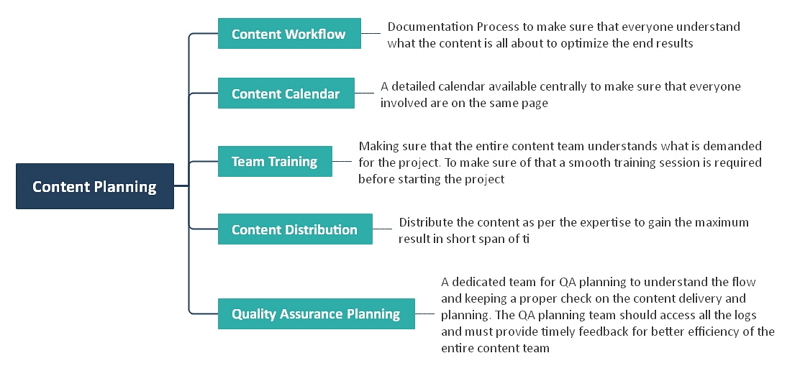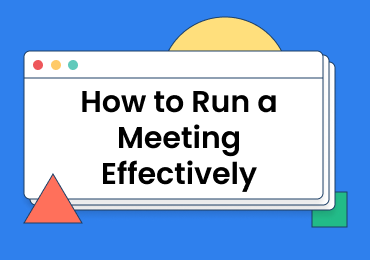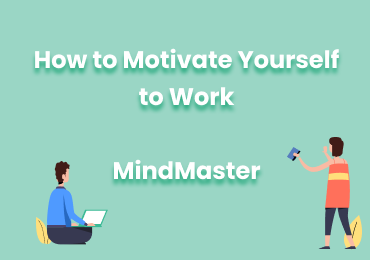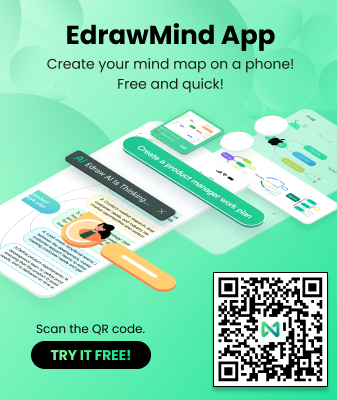How to Use Mind Map for Content Planning

Content planning helps create an effective form of content production for your business. This article will dive into the various content planning elements and use a mind map for content planning.
A content plan includes all the marketing assets and data-gathering functions necessary to achieve the objectives set out in your content strategy. A content strategy covers everything from SEO analysis and communication mapping to blogging and white paper writing.
About 70% of marketers lack a consistent or coordinated marketing plan, and only 29% of leading advertisers reuse and repurpose content marketing in a systemic way. It can be because the process of creating a project can be daunting. Marketers must analyze the location of their marketing efforts and define what they want to achieve in the future.
Content marketers realize that careful planning will make a difference. Having a random, unmaintained blog or a popular SEO-optimized website with many readers can be the difference. In the details, that difference is.
1.1 Content Strategy VS Content Planning
The main difference between content planning and content strategy is that content strategy lays the groundwork for what you need to include in your content plan, followed by content production. These are fundamental steps that lead to content publishing and distribution of the marketing approach to content.
The content plan consists of the building blocks (assets, reports, outreach) selected based on the objectives set out in your content strategy.
1.2 The Benefits of Content Planning
There are several benefits for content planning, especially for marketers or writers. Through content planning, they could schedule or arrange contents flexibly.
- Increases brand visibility
Having quality content promoted across relevant social media channels will get your brand in front of those looking for a solution to their problem. If you continuously deliver actionable content to your audience, they'll turn to your business as a solution to solve their problems.,nbsp;
- Improves awareness of the brand and its popularity
Small enterprises face the challenge of putting their brand before their target audience. Creating content that is continuously discovered when someone is looking for an answer can positively impact your brand reputation and build it.
Few things to keep in mind during content planning

Source: EdrawMind
- Relevance
Relevance is at the heart of programming content. It's essential to have an excellent idea of who the target audience is.
Define your target market or the person who would most benefit from your content. Then, through research, validates hypotheses about them and create a clearer picture of what this community wants and learn and what topics it wants to build upon.
- The Length and Complexity of Content
It would help if you thought of how a piece can be repurposed to suit text, posts, video, podcasts, photographs from social media, white papers, or some other medium. You will need to learn the digital marketing strategies and platforms to decide the right ways and times to distribute the digital.
Your choice of delivery methods and timing will depend a lot on what's the best way to reach your target audience. Consider daily, weekly, monthly, or annual trends, seasons, and holiday observances, or maximum intake periods. These considerations can help to define when to put out some pieces of content at its best.
Traditional and digital media distribution channels are available in vast numbers. It involves making choices about producing content and when to relate it to the target market.
- Knowing Brand ,amp; Brand Value
Promoting your services and products will give you greater confidence and differentiate yourself from your rivals.
The key to creating an excellent plan for content is to think forward. However, that requires putting aside time to work out what's best for your audience and when.
Although this process can get deeply analytical with a solid content plan, you can continuously schedule content in a more strategic and detailed way.
EdrawMind is the easiest tool for creating mind map, just few clicks and your mind map is done! Use mind map for content planning could be time-saving and productive.

Source: EdrawMind
- Content Workflow
It is vital to create a flow of work while creating content as it helps in allocating tasks and defining the various channels for content creation. A workflow helps in optimizing the results of the content planning process.
- Content Calendar
A content calendar provides structure to the content planning process. It helps in establishing an overview of the content plan and provides a bird's eye perspective. It ensures that everyone is on the same page, and there is no delay in content creation.
- Team Training
All members of the team need to be on the same page. During the content planning process, it is essential that every member understand and accepts their role. A short briefing or training session can help the team stay on track.
- Content Distribution
It is also essential to define the different channels for content distribution and create content, whether the content is for digital medium or print medium or an audiovisual medium. Determining the tracks and the specific channels for specific types of content are essential.
- Quality Assurance Planning
A designated team for quality assurance planning is essential. As it will not only understand the flow of content but also ensure the delivery and execution are timely and of good quality. The quality assurance planning team should provide feedback to the content team to ensure efficient productivity.
The crux of content planning is trail and error. The target audiences have to understand, so clearly, you can change your content production needs to satisfy them, not only when but when they're most engaged with your online brand. It is also essential to stay patient because, on average, it takes four to five months to begin seeing a steady upward increase in higher-performing content.
EdrawMind is an easy-to-use, flexible mind mapping tool designed to help you generate modern, fresh visuals. Through combining the bullet points into a mind map on a project, EdrawMind lets you organize the thoughts or concepts and create essential strategies.







